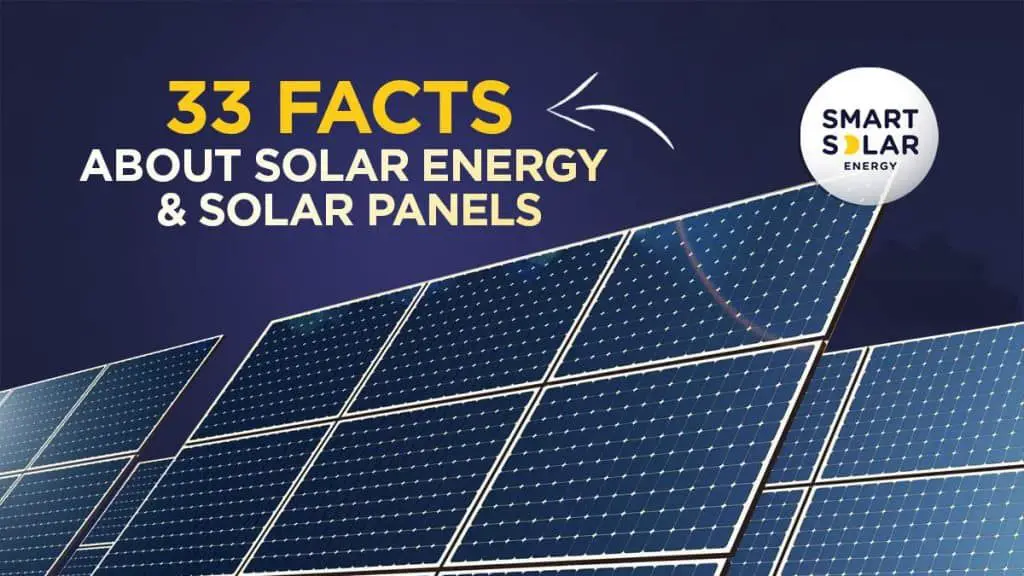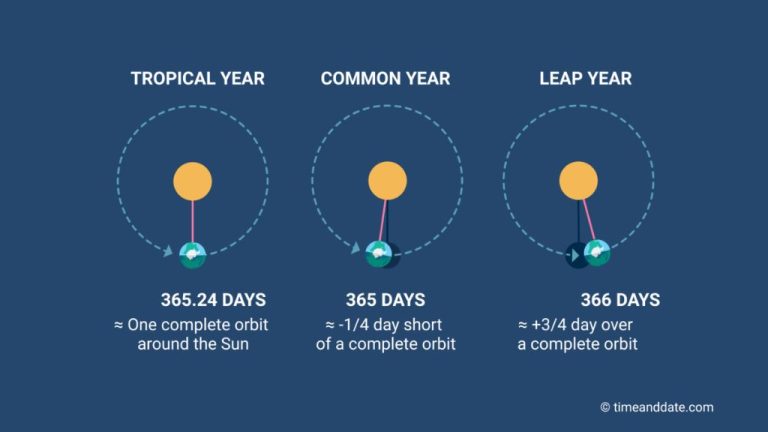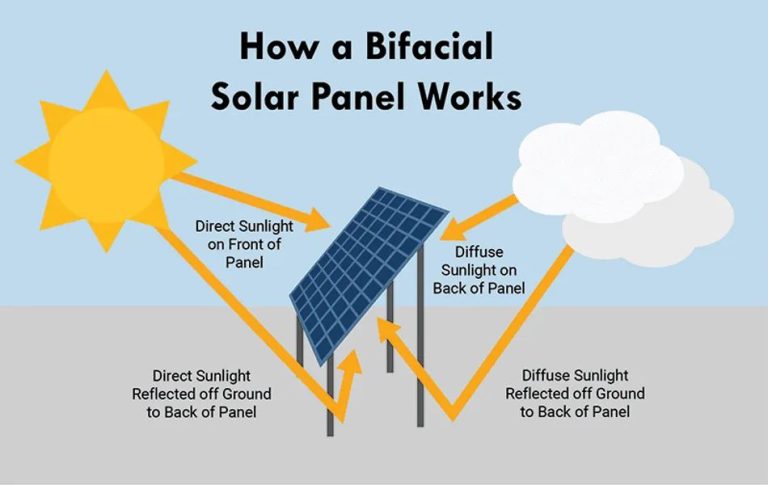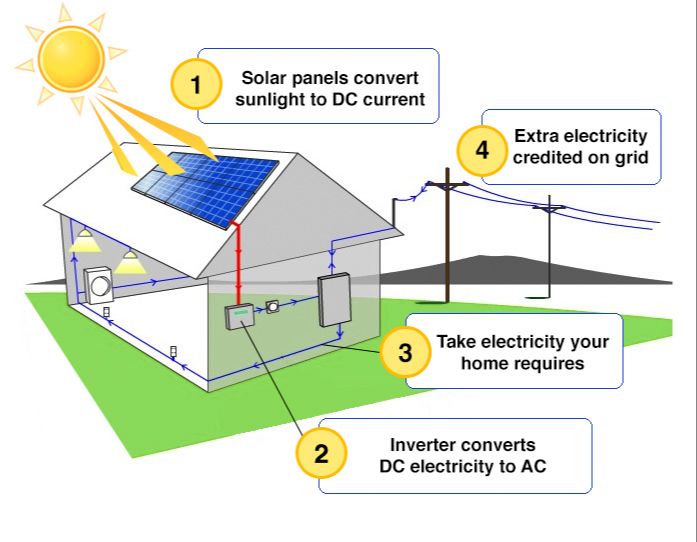What Is A Interesting Fact About Solar Panels?
Solar panels have become much more efficient over time

The efficiency of solar panels has improved dramatically over the decades. In the 1950s when solar PV technology was first introduced, the average solar cell converted only around 6% of sunlight into electricity. By the early 1970s, efficiencies reached above 12%.
According to Energysage, the average solar panel today converts 15-20% of sunlight into electricity. The most efficient commercially available panels now reach efficiencies of 22%, produced by companies like SunPower and Panasonic. Some experimental solar cells in laboratories have achieved upwards of 47% efficiency.
These major leaps in solar cell efficiency, following the principle known as Swanson’s Law, have been a key driver in making solar energy more viable and cost-effective. As panels improve in their ability to convert photons into electrons, the technology can produce more kilowatt-hours per square meter of photovoltaic material. This means homeowners and businesses can now generate significantly more electricity than they could in the past using the same roof space, reducing solar power costs.
Sources:
https://www.energysage.com/solar/solar-panel-efficiency-cost-over-time/
https://sites.lafayette.edu/egrs352-sp14-pv/technology/history-of-pv-technology/
Solar panels work even on cloudy days
Solar panels can still generate electricity without direct sunlight thanks to diffuse light. When sunlight passes through cloud coverage, it scatters and spreads out as diffuse light. While less intense than direct sunlight, this diffuse light can still be absorbed by solar panels to produce electricity. According to CNET, on an overcast day, solar panels can generate 10-25% of their rated capacity, compared to 60-90% on a sunny day. So while solar output is lower on cloudy days, panels will continue generating clean power. This ability makes solar a consistent renewable energy source in locations prone to cloudy weather.
Solar panels can pay for themselves quickly
The costs of solar panels have declined significantly over the past decade, making them more affordable for homeowners. According to the Solar Energy Industries Association, the average price of solar panels in the United States fell over 70% from 2010 to 2020 [1]. Federal and state incentives, like tax credits and rebates, can further reduce the upfront costs of installing a solar energy system.
With lower solar panel prices and available incentives, a home solar energy system can pay for itself more quickly through electricity bill savings. The payback period refers to the length of time it takes for the savings from solar energy to cover the cost of the system. According to EnergySage, the average payback period for solar panels in 2022 was between 4 and 7 years [2]. However, the specific payback period can vary considerably based on system size, electricity rates, incentives, and solar resource.
For example, homeowners in states with high electricity costs like California and Hawaii may see payback periods around 5 years. In contrast, payback periods in low-cost electricity states like Washington and Idaho are often closer to 10 years [3]. With solar panel lifespans over 25 years, most homeowners will realize a net economic benefit from their solar investment after the payback period.
[1] https://www.seia.org/solar-industry-research-data
[2] https://www.energysage.com/solar/understanding-your-solar-panel-payback-period
[3] https://www.thisoldhouse.com/solar-alternative-energy/reviews/solar-panel-payback-period
Solar panel waste is an emerging issue
Solar panels typically last around 20-30 years before their performance starts to degrade. As more panels reach the end of their lifespan, proper disposal and recycling is becoming an increasing concern. According to the EPA, solar panels entered the waste stream in the early 2000s and will likely increase rapidly by 2030 and peak around 2050 [1].
Recycling solar panels is challenging because they contain hazardous materials like lead and cadmium that must be safely extracted. Panels also use glass, aluminum, and semiconductor materials that require advanced recycling methods to repurpose. Currently most expired solar panels end up in landfills because recycling is expensive. The EPA estimates it costs $20-30 to recycle a solar panel, but only $1-2 to send it to a landfill [2].
However, new regulations and recycling methods are aiming to divert solar waste from landfills. The EPA has set federal standards for handling discarded panels under the Resource Conservation and Recovery Act. States like Washington have passed laws requiring manufacturers to finance recycling programs. Startups are also developing robotic technology to efficiently separate and recover materials from panels [3]. These developments should help make solar panel recycling more cost-effective and sustainable.
Solar power adoption is growing exponentially
In the last decade alone, solar has experienced an average annual growth rate of 24% according to this SEIA report. Solar PV generation increased by a record 270 TWh (up 26%) in 2022, reaching almost 1 300 TWh according to the International Energy Agency.
Projections indicate that growth will continue to accelerate in the coming years. The SEIA predicts solar installations will more than quadruple by 2030. Key factors driving this rapid adoption include declining costs, supportive government policies, and increased climate change awareness. As solar technology improves and prices fall, it becomes an increasingly attractive power source for homeowners, businesses and utilities.
With solar already among the cheapest electricity sources in many markets, its economics will continue to spur adoption worldwide. Growing concern about reducing carbon emissions from energy production is another major motivator, as solar produces no direct greenhouse gas emissions while generating electricity. The exponential growth of solar power demonstrates its vast potential to help create a clean and sustainable energy future.
Solar panels work in all seasons
Many people wonder if solar panels work as effectively in the winter as they do in the summer. While solar panels produce less energy in the winter when the days are shorter and the sun angle is lower, they can still generate a substantial amount of electricity year-round.
According to Sunrun, solar panels experience a 10-25% decline in output during the winter compared to summer. However, on a clear winter day, solar panels can still produce over 75% of their peak output. Solar panels work by converting sunlight into electricity through the photovoltaic effect. As long as the solar panels are exposed to sunlight, they will generate energy regardless of the outside temperature or weather conditions.
Snow can temporarily impact solar panel productivity if the panels become fully covered. However, as snow melts or slides off panels, production will resume. Installing solar panels at an optimal tilt angle can help allow snow to more easily shed. Wiping snow off panels can also quickly restore generation. According to SaveOnEnergy.com, solar panels are engineered to withstand cold temperatures, with ratings as low as -40°F. So while solar output declines in winter, panels can effectively capture sunlight and produce clean power year-round.
Solar panels can withstand extreme weather
Modern solar panels are incredibly durable and can withstand severe weather conditions. They are tested to meet safety standards for wind, hail, and impact resistance.
Solar panels are designed to handle high wind speeds over 100 mph. The glass covering is impact-resistant and panels are attached securely to rooftops or ground mounts. During product certification, solar panels undergo wind tunnel testing to ensure they won’t budge in hurricanes or tornadoes (Greenlancer).
Solar panels are also resistant to damage from hailstones up to 1 inch in diameter. The glass covering can withstand the impact of falling hail. Testing verifies solar panels are protected against hailstrike (New Day Solar).
Thanks to their durable construction, solar panels can operate effectively in climates with severe weather. Panels continue producing solar power year-round, even through storms and temperature swings. With resilience against high winds, hail, and extreme conditions, solar panels can thrive anywhere the sun shines (EcoWatch).
Solar power employs hundreds of thousands
The solar industry has been a major engine for job creation in the United States. According to the Solar Jobs Census from The Solar Foundation, there were 263,883 solar jobs in the US as of 2022, representing a 3.4% increase over 2021. This includes jobs in installation, manufacturing, sales, distribution and more across the solar value chain.
The top solar occupations include solar installers, project developers, solar sales representatives, and solar designers. Many of these are well-paying jobs that provide opportunities for skilled workers without a college degree. The median wage for solar installers, for example, is over $48,000 per year according to the Solar Foundation’s research.
The solar industry is projected to continue its rapid job growth in the coming years. The Solar Energy Industries Association estimates there will be over 400,000 solar jobs by 2030 as solar capacity expands to provide 20% of US electricity generation. Supportive policies and declining solar costs will further accelerate solar job creation this decade.
With hundreds of thousands of good-paying jobs already created and many more projected in the future, solar energy has become an economic engine and source of opportunity for American workers across the country.
Solar panels reduce carbon emissions
Solar panels provide clean, renewable energy that can displace electricity generation from fossil fuels like coal and natural gas, which produce substantial carbon emissions. According to the UN, solar energy has a carbon footprint of 15-50 grams of CO2 per kilowatt-hour of electricity generated over the life cycle of a solar panel, while coal produces 800-900 grams per kWh and gas produces around 400-500 grams per kWh.
Studies have found that each megawatt of solar panels installed can offset 6.3 to 10.5 million pounds of CO2 emissions per year compared to fossil fuels, which is equivalent to taking 1,300-2,000 cars off the road. This rate of carbon reduction becomes even more substantial over the 25-30 year lifespan of a solar array. Columbia University researchers calculated that an acre of solar panels offsets 3.7-5.2 times more CO2 emissions annually than an acre of trees and 7 times more than an acre of corn grown for ethanol fuel (Source 1).
In addition to climate benefits, the zero-emissions electricity from solar panels reduces air pollution compared to fossil fuel power plants. Widespread solar adoption can improve public health by lowering rates of respiratory and cardiovascular disease caused by air pollution. Solar also reduces water usage for electricity generation and helps preserve local water quality and ecosystems. Overall, solar power provides significant environmental advantages over conventional energy sources.
Solar energy can decentralize power grids
The growth of distributed solar generation is transforming power grids from centralized systems to decentralized networks. Households and businesses with rooftop solar panels are generating their own electricity and supplying excess back to the grid. This decentralized model provides several key benefits:
Decentralized systems bring power generation closer to the end user, giving customers more control over their energy use and reducing dependence on utilities. According to one analysis, decentralized energy systems “provide obvious economic and social benefits to local communities.” (Source)
Distributed solar also strengthens grid resilience. Outages from disasters or attacks have less impact on decentralized grids. Local solar microgrids can even “island” to provide power when the larger grid goes down. (Source)
However, the rise of rooftop solar presents challenges for traditional utility companies. Reduced demand from grid defection cuts into their revenues. Integrating decentralized generation requires grid upgrades and new rate structures. Some utilities have pushed back against solar incentives and net metering policies. Adapting to the decentralized paradigm will require regulatory reforms. (Source)




